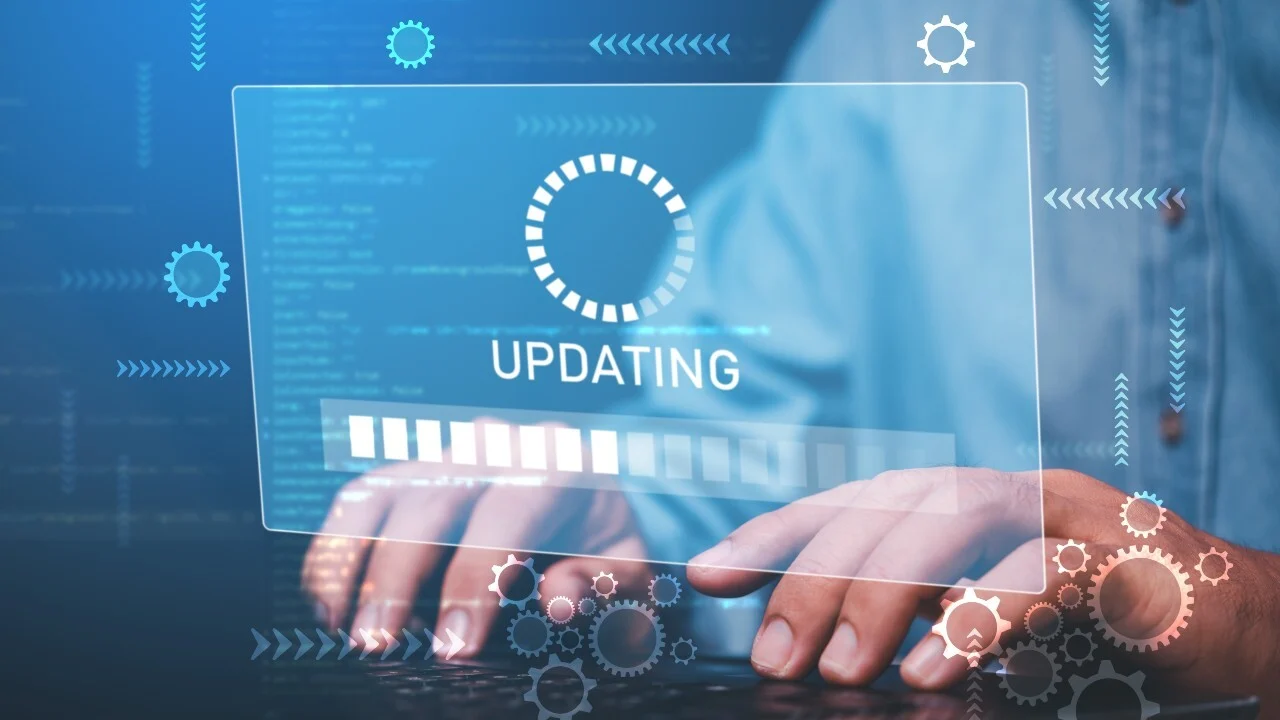Introduction
Ahoy, tech explorer! In the ever-evolving world of technology, keeping your software shipshape is crucial. Whether it's updating your trusty apps or considering a replacement, it's all part of the digital voyage. In this blog post, we'll embark on a journey through the process of updating and replacing software applications. Fear not, for we'll navigate these waters with a conversational compass and a human touch. So, set sail with me, and let's chart a course through the seas of software!
Chapter 1: The Art of Updating Software
Ah, software updates a bit like giving your favorite ship a fresh coat of paint. They come with new features, security patches, and improved performance. Here's how you can keep your software shipshape:
1.1. Automatic Updates: Your First Mate in Maintenance
Most software applications offer automatic update features. It's like having a trusty first mate who takes care of routine maintenance tasks. Simply enable this feature, and your applications will update in the background, ensuring you're always sailing with the latest and safest version.
1.2. Manual Updates: Taking the Helm
If you prefer a more hands-on approach, manual updates are the way to go. Keep an eye out for notifications or check the software's settings menu for an update option. It's like taking the helm and steering your ship to smoother waters.
1.3. Checking for Updates: Navigating the Update Menu
Some applications don't offer automatic updates. For these, you'll need to check for updates manually. Look for an "Update" or "Check for Updates" option in the software's menu. It's like consulting your trusty map to chart the course.
Chapter 2: Deciding When to Replace Software
Sometimes, it's not just about updates it's about finding a new vessel altogether. Here are some signs that it might be time to consider a replacement:
2.1. Outdated Interface: Sailing in Unfamiliar Waters
If your software's interface feels like something out of a history book, it might be time for a refresh. Newer applications often come with more intuitive and user-friendly interfaces, making your digital journey smoother.
2.2. Lack of Compatibility: Navigating Choppy Waters
As technology advances, older software may struggle to keep up. If you find that your current application is having trouble playing nicely with other software or hardware, it could be a sign that it's time to explore newer options.
2.3. Missing Key Features: Setting Sail for New Horizons
If you find yourself constantly wishing for features that your current software lacks, it might be time to weigh anchor and set sail for a new application. The right software should meet your needs and make your tasks a breeze.
Chapter 3: How to Safely Replace Software
So, you've decided it's time for a new ship to join your fleet. Here's how to safely make the transition:
3.1. Back Up Your Data: Stashing Your Treasures
Before making any changes, be sure to back up your data. It's like stashing your most valuable treasures in a safe place before setting out on a new adventure. This ensures that nothing important gets left behind.
3.2. Research and Choose Wisely: Finding the Right Vessel
Take the time to research and choose your new software wisely. Read reviews, compare features, and, if possible, try out a demo version. You want a ship that fits your needs like a glove.
3.3. Migrate with Care: Transitioning Smoothly
Once you've chosen your new software, follow the migration instructions provided by the manufacturer. This will help ensure a smooth transition, like moving your crew from one ship to another without a hitch.
Chapter 4: Tips for a Seamless Software Transition
When making the switch to new software, it's essential to ensure a seamless transition. Here are some tips to make the process as smooth as possible:
4.1. Training and Familiarization: Getting to Know Your New Ship
Take the time to familiarize yourself with the new software. Many applications offer tutorials, guides, or even online communities where you can seek advice. It's like learning the ropes of a new ship before setting sail.
4.2. Keep the Old and New in Parallel: Running a Dual-Ship Fleet
For a period of time, consider running both the old and new software in parallel. This allows for a gradual transition, giving you the opportunity to iron out any kinks before fully committing to the new vessel.
4.3. Seek Support and Guidance: Enlisting Your Crew's Help
Don't be afraid to seek support from the software's community or customer service if you encounter any challenges. It's like enlisting the help of your experienced crew members to navigate through tricky waters.
Chapter 5: Maintaining a Healthy Software Fleet
After successfully updating or replacing your software, it's important to establish a routine for maintaining your digital fleet:
5.1. Regularly Check for Updates: Keeping Your Fleet Shipshape
Even with new software, regular updates are crucial. Set a reminder to check for updates and ensure your applications stay current and secure.
5.2. Evaluate Performance: Steering a Steady Course
Periodically assess the performance of your software. Are there any slowdowns or glitches? Addressing issues promptly will keep your digital ship sailing smoothly.
5.3. Stay Informed: Navigating Changing Tides
Keep an eye on industry trends and emerging technologies. This will help you anticipate any future software needs and stay ahead of the curve.
Conclusion: Smooth Sailing with Updated Software
And there you have it, fellow explorer! Navigating the seas of software updates and replacements doesn't have to be a daunting task. With a bit of knowledge and a dash of caution, you can keep your digital ship sailing smoothly.
So, whether you're giving your trusted software a fresh coat of paint through updates or setting sail on a new vessel, may your digital voyage be filled with smooth seas and favorable winds. Happy exploring, tech adventurer!
